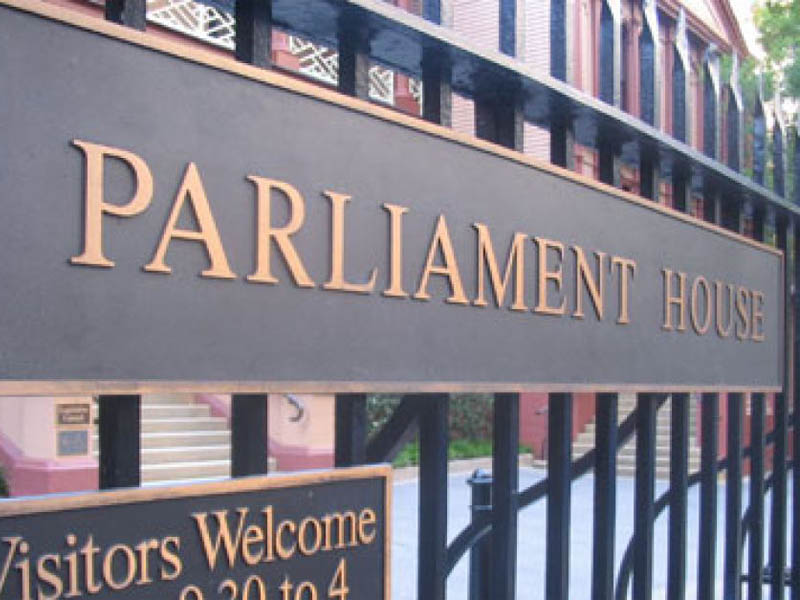The New South Wales government’s tech SME and startup program Pitch to Pilot has prompted some strangely mixed reviews. None of the companies interviewed by InnovationAus.com got any business from the program – but they all said Pitch to Pilot was worthwhile and something government should continue.
Thirteen finalists in Pitch to Pilot were able to pitch their product or service in front of a super-senior panel of buyers from across government – mainly departmental chief information officers – which included NSW Government CIO Greg Wells.
The companies contacted by InnovationAus.com said government should persist with the program. They said it was a long game and the opportunity to put smaller companies in front of the state’s tech leadership had value that would increase as it was repeated.

The commentary from these companies was remarkably similar. They were surprised that the government had not followed up with them directly to get feedback on the program, and to ask whether it had been useful.
And even though the money-through-the-door result was not yet apparent, it was worth doing. Giving tech leadership visibility of what is available from Australian providers is valuable. A common response was on cultural issues related to dealing with smaller companies – and that only a consistent and repeated program would likely deliver results.
At least one company said that maybe the leaders were too senior: That they did not have “skin in the game” in terms of awareness of specific, niche issues where an Australian provider could assist. Maybe it’s not the department CIO who should be on the panel, but sleeves rolled-up, line managers who are up to their elbows.
But getting access to the leadership had its own value, according to geospatial data visualisation firm Mapcite, which was one of 13 shortlisted finalists to participate in the program’s final pitchfest.
“We had some high-level meetings as a result. We met with Department of Justice and NSW Fire and Rescue,” Mapcite head of sales Steve Walker told InnovationAus.com. “Some other agencies just haven’t responded to our request for meetings and that was disappointing.”
Despite the lack of response, Mr Walker said, “it was good to have an audience with senior people of influence within government agency.”
It’s been eight months since the NSW government’s Pitch to Pilot pitch event finished, which saw the finalists face a judging panel that was made up of chief information officers from agencies including Transport NSW, Police NSW, Department of Finance, Service and Innovation, and NSW Treasurer.
The program was launched by the former Department of Finance, Services and Innovation with the intention to give technology companies another avenue to get in front of government, while also helping agencies avoid lengthy traditional procurement channels to access new technology.
According to Mr Walker, all shortlisted finalists, including Mapcite, had compelling use cases for government. As an example, he pointed to how prior to entering Pitch to Pilot, Mapcite identified that 27 NSW government agencies were using its freemium product.
“There is clearly a use case in government for what we do because people are downloading the tool and are using it,” Mr Walker said.
“It has a lot of the capabilities our enterprise product does, and so it was somewhat disappointing getting the message to higher levels of influence is still a challenge.”
Mapcite’s experience with Pitch to Pilot, however, was not exclusive.
Artificial intelligence power management tech firm, Planet Ark Power, also saw the potential of Pitch to Pilot but also saw the same inactivity from government post-event.
“[Pitch to Pilot] was really great. To get government to be innovative, to take a risk, and try something different – I loved it. And I want them to keep doing it, but it just didn’t work out for us,” said Planet Ark Power co-founder and executive director, Richard Romanowski.
“They wanted to say yes – ‘yes we want to do something with you’ – but they couldn’t say yes. It’s just the structure of their decision-making process.”
Mr Walker believes for Pitch to Pilot to be successful requires “a model by which government agencies and departments can be much more agile, and can test and fail quickly with a reasonably low impact on their own resources.”
“I know they’re always stretched, but if you’re not going to do that then why have the Pitch to Pilot program,” Mr Walker said.
Do you know more? Contact James Riley via Email.

